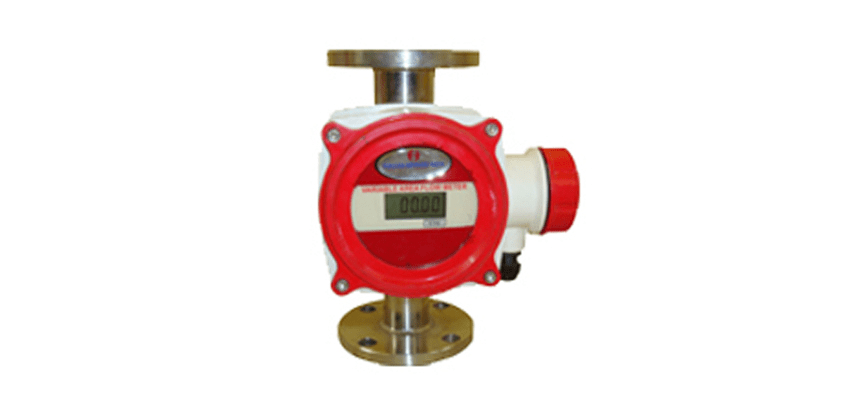Metal tube rotameters are indispensable tools used in various industrial applications for measuring the flow rates of liquids and gases. Their robust construction, accuracy, and reliability make them a preferred choice for many industries. In this article, we will delve into the basics of metal tube rotameters, exploring their working principle, advantages, and applications.
Understanding Metal Tube Rotameters
Metal tube rotameters, also known as variable area flowmeters, operate on the principle of measuring flow rates by observing the displacement of a float within a tapered metal tube. The flow medium enters the bottom of the tube, causing the float to rise. As the flow increases, the float settles at a point where the upward buoyancy force is balanced by the gravitational force acting on it.
Working Principle
Metal tube rotameters rely on the inherent relationship between flow rate and the area through which the fluid passes. The float inside the tapered tube moves freely, allowing the fluid to pass around it. As the flow increases, the float rises, causing the area through which the fluid passes to increase. As a result, the fluid’s velocity decreases, bringing the upward force of the fluid and the gravitational force acting on the float into equilibrium.
Advantages of Metal Tube Rotameters
Metal tube rotameters offer several advantages that make them highly desirable in industrial applications:
a. Durability: Metal tube rotameters are constructed using robust materials such as stainless steel or aluminum, making them resistant to harsh operating conditions and ensuring long-term reliability.
b. Accuracy: These flowmeters provide accurate and precise flow measurements, allowing for efficient process control and monitoring.
c. Versatility: Metal tube rotameters can handle a wide range of flow rates and are suitable for both liquid and gas applications. They can be calibrated for different fluids, ensuring accurate measurements across various processes.
d. Low pressure drop: The design of metal tube rotameters minimizes pressure drop, enabling smooth fluid flow without significant energy losses.
Applications of Metal Tube Rotameters
Metal tube rotameter find applications in diverse industries due to their versatility and accuracy. Some common applications include:
a. Chemical and petrochemical industry: Metal tube rotameters are used for measuring and controlling the flow of various chemicals, gases, and solvents, ensuring precise dosing and process optimization.
b. Water treatment: These flowmeters are utilized in water treatment plants to measure the flow rates of water and chemicals, aiding in efficient purification and distribution processes.
c. Pharmaceutical industry: Metal tube rotameters play a crucial role in the pharmaceutical industry for accurately measuring the flow rates of liquids and gases during the production of medicines and chemicals.
d. HVAC systems: Metal tube rotameters are employed in heating, ventilation, and air conditioning (HVAC) systems to monitor the flow rates of chilled water, steam, or other fluids, optimizing energy consumption and maintaining comfort levels.
Conclusion
Metal tube rotameters are reliable and accurate flow measurement devices that find widespread use across various industries. Their durable construction, versatility, and low-pressure drop make them an excellent choice for applications where precise flow control and monitoring are essential. By understanding the basics of metal tube rotameters and their working principle, industries can leverage their benefits to enhance operational efficiency and ensure optimal performance.



